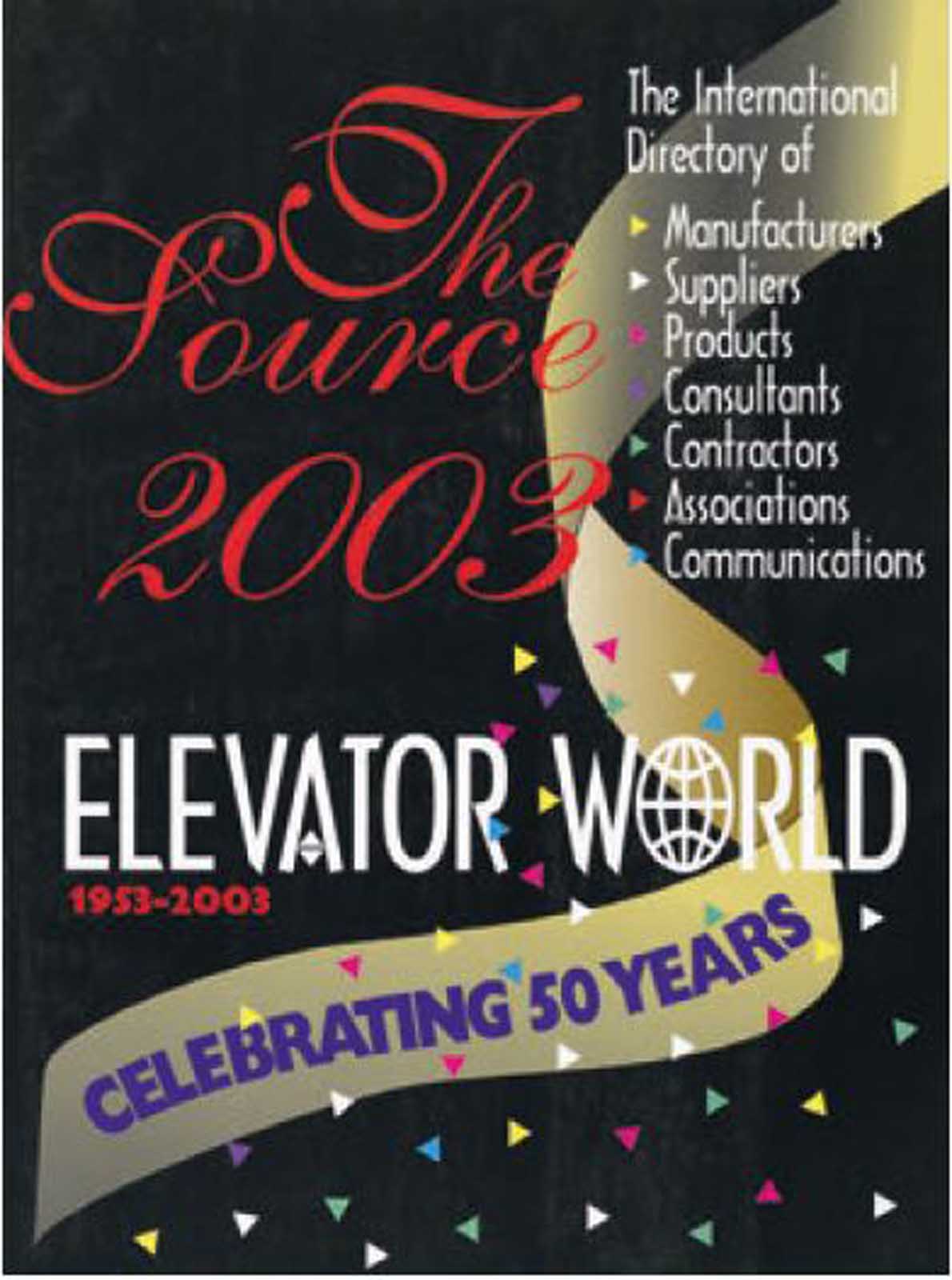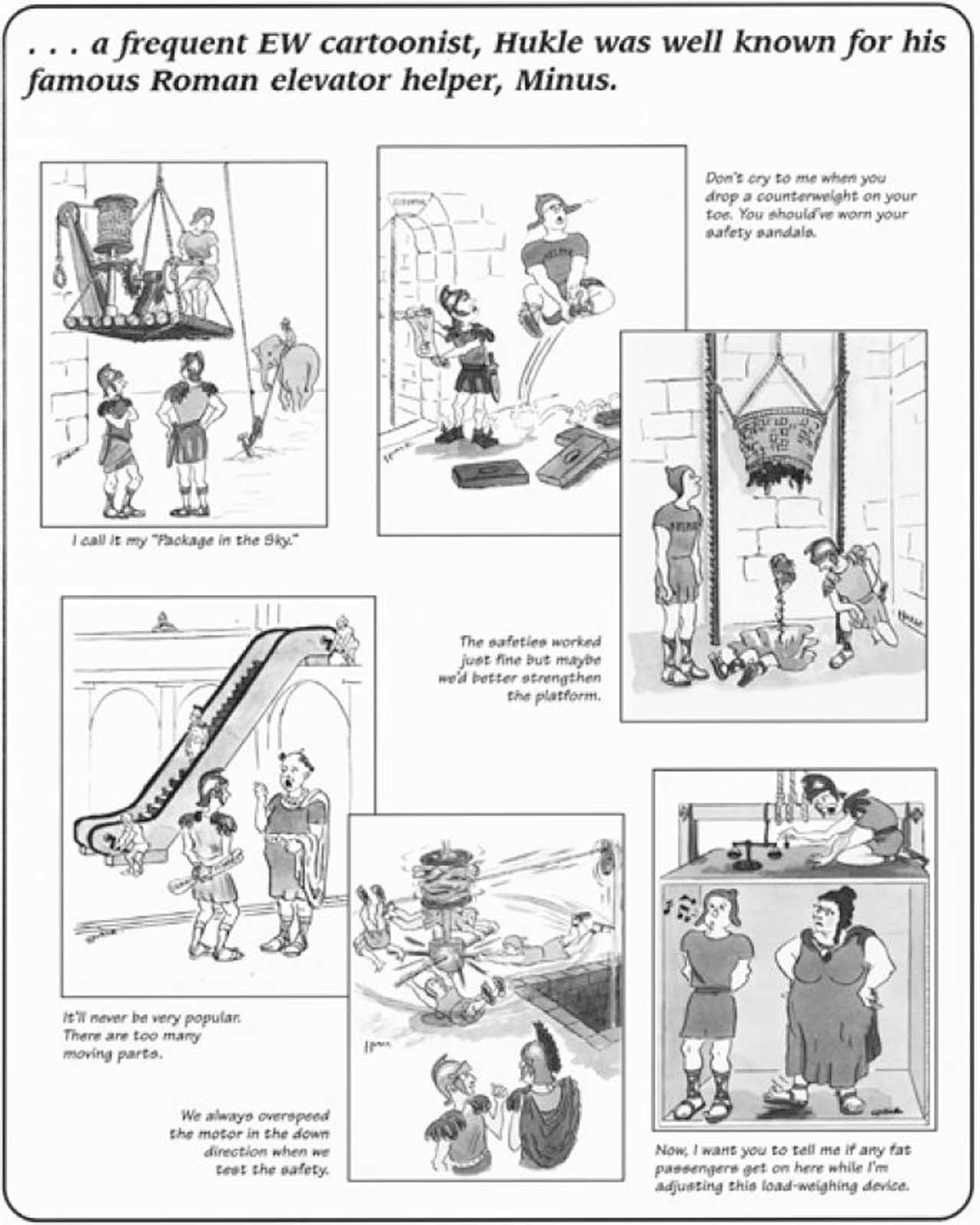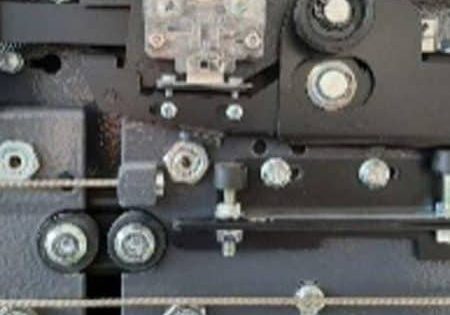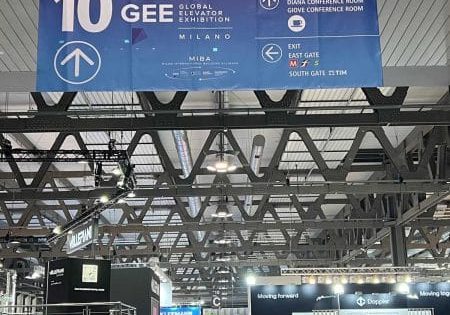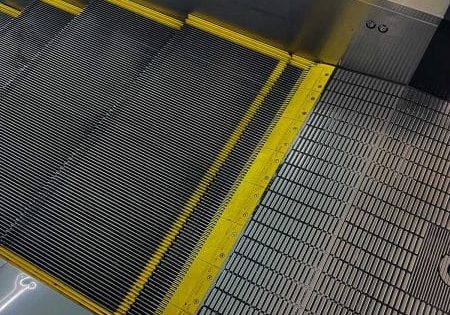ELEVATOR WORLD’s Golden Anniversary
Jan 22, 2024
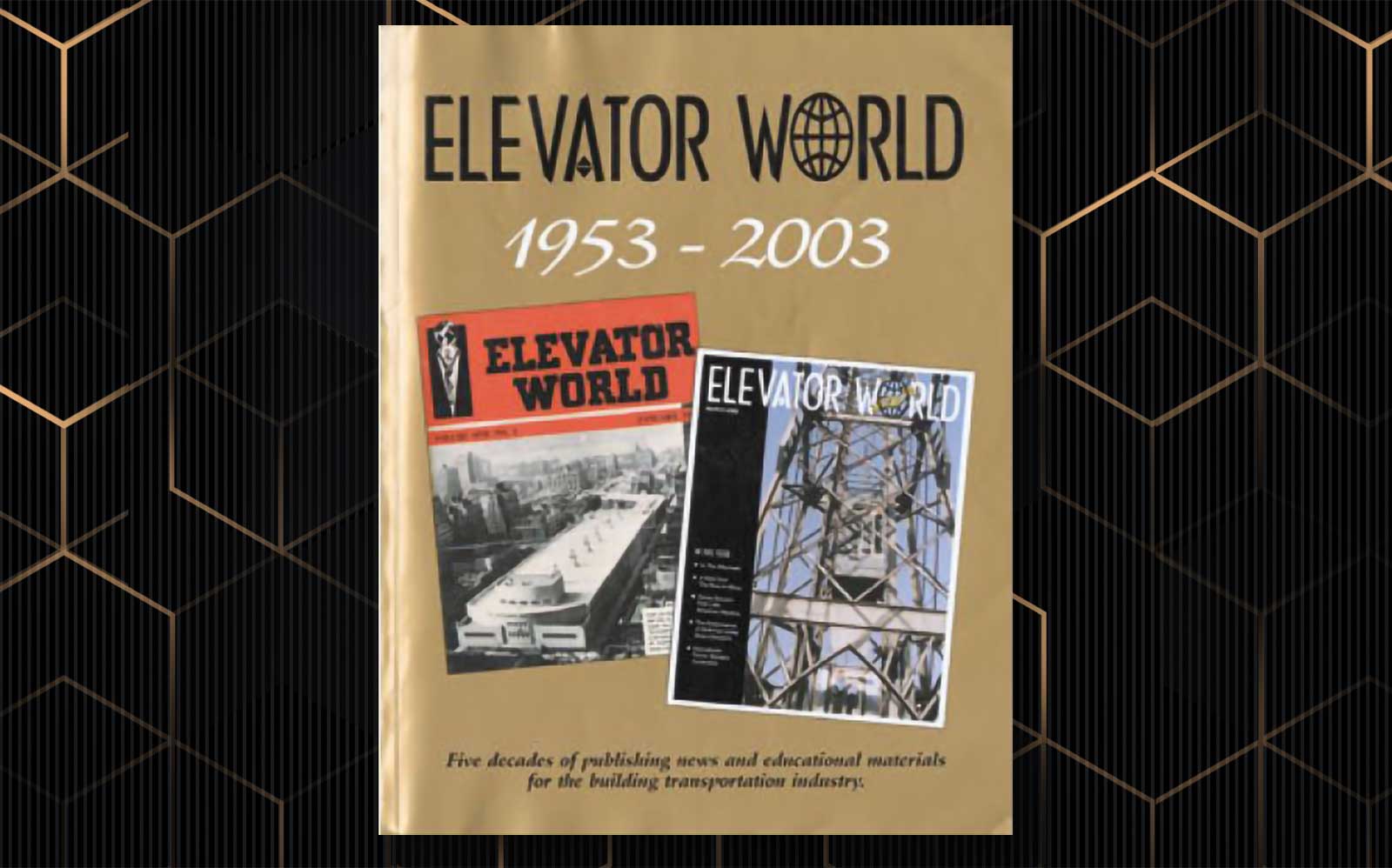
The publication’s 50th year is marked by reorganization and expansion.
ELEVATOR WORLD’s Golden Anniversary was celebrated over a two-year period. 2002 was technically EW’s 50th year of publication, and each issue for that year included a synopsis of the corresponding magazine from the inaugural year of 1953. Of course, anniversary celebrations occasionally ignore such literal counts and focus on dates that more easily resonate with the celebrants — thus the celebration continued into the next year, as was evident by the covers of the January issue and the 2003 ELEVATOR WORLD Source (Figures 1 & 2). In fact, readers, for the first time, received both issues simultaneously. From 1984 to 2001, the Source had appeared in October, assuming the place of that monthly issue (editions thus covered two calendar years, from October-to-October). In 2002, however, readers received a regular issue of the magazine in October, and they waited until January 2003 to receive the latest edition of the Source. Robert S. “Bob” Caporale announced the change in his monthly editorial:
“Subscribers will also notice that starting this year they will be receiving the Elevator World Source this month in addition to the January issue. This new format of providing the Source along with 12 monthly issues of Elevator World will allow us to provide the industry with a continuous flow of news, information and technical articles, as well as providing an all-inclusive directory of elevator industry products.”[1]
Caporale, who joined EW as an associate editor in 1993, had assumed the role of editor in May 1997.
The change in editorial leadership had been well planned for by EW founder William C. Sturgeon:
“After some 43 years and over 500 editorials, your editor will, according to plan, turn his post over to Bob Caporale, Associate Editor for the past four years. Bob, brought onboard to understudy the editorship, has evidenced the ability to gather information methodically, finding the core of a story, combining copy, photos and graphics, with our production specialists … Bob is a fine manager and will assure that the Editorial Department continues to serve the needs of the elevator industry.”[2]
In July 1997, another change occurred, which coincided with the change in the magazine’s editorship and reflected Sturgeon’s and Caporale’s recognition that EW’s contents — and its organization — needed to keep pace with the magazine’s expanding reach and readership. Although it retained its basic structural division into two distinct areas, Departments and Columns, the content of these areas was reorganized and reimagined.
In 2003, the Departments section included: Editor’s Overview (by Caporale; Sturgeon’s final “Speaking of Issues” column appeared in June 1998), Calendar, Comments, U.S. Industry News, EW Services, International Industry News, New Products, Patents, Classified, Advertisers Index and As We Go To Press. The division of Industry News into domestic and international sections provided expanded coverage and made it easier for readers to find information. The January 2003 issue included 22 U.S. news items and 24 international items. The latter were organized alphabetically by country and featured reports from 14 different countries. This extensive foreign coverage was made possible by the steady expansion of the magazine’s roster of international correspondents and contacts. By 2003, this list included 35 people representing two geographical regions: Latin America and the Middle East; and 23 countries: Argentina, Australia, Brazil, Canada, Chile, Colombia, Czech Republic, Ecuador, Germany, Hungary, Israel, Italy, Japan, Korea, New Zealand, Nigeria, the People’s Republic of China, Philippines, Saudi Arabia, Switzerland, Türkiye, the U.A.E. and the U.K.
The Columns section featured a similar blend of domestic and international industry coverage. However, ironically, this revised section, with two exceptions, no longer featured actual “columns” written by consistent authors. Instead, the column headings functioned as thematic guides to content, which led readers to topical information. These themes, not all of which were typically found in a single issue, included Associations, Codes and Standards, Construction, Educational Focus, Emergency Preparedness, Engineering, Events, Industry Dialogue, Inspection, Jobsite Safety, Maintenance, Management, Market Spotlight, Project Spotlight, Public Safety, Readers’ Platform, Supplier Spotlight and Testing and Certification. In 2003, the magazine’s international correspondents contributed more than 50 articles, with several authors providing multiple contributions: John Gale (U.K.) 16 articles, Carmen Maldacena (Argentina) 11 articles, Peng Jie (People’s Republic of China) 11 articles and M.J. Mohamed Iqbal (U.A.E.) four articles. These prolific authors also provided content on topics outside their home countries, as was illustrated by Gale’s articles that covered European and Russian topics.
While an analysis of the content of these columns would reveal the state-of-the-art in vertical-transportation (VT) technology in 2003 (for example, in July, Gale introduced ThyssenKrupp’s TWIN Lift System to readers), it was the column titled Events that, perhaps, provides the most interesting insights into the VT industry in EW’s 50th year. The column, coupled with the monthly calendar (which listed events for the current and following year), revealed an astonishing array of international conferences, expos and exhibitions — reports on all of which appeared in the magazine. In 2002-2003, these events included the China World Elevator Expo, Ele-España Elevator Exhibition and Elevcon España, the Elevator Escalator Exhibition Middle East, Elevcon, Heilbronn Elevator Days, Interlift, Asansör Istanbul, the LEIA Expo, Lift 2002 Milan, Lift Expo Russia and the World Elevator Expo.
Caporale reported on the World Elevator Expo, which was held in conjunction with the annual National Association of Elevator Contractors (NAEC) Convention in Las Vegas from September 28 – October 3, 2002. This was the second World Elevator Expo; the first took place in Boston in 1995. The event included presentations, roundtable discussions, educational sessions, exhibits and a “Bridge Builders” session. The latter was attended by representatives of the NAEC, the Canadian Elevator Contractors Association (CECA), the Elevator Escalator Safety Association (EESF), EW, the National Elevator Industry Inc. (NEII), the Cámara de Ascensores y Afines (CAA), the China Elevator Association (CEA) and the National Association of Vertical Transportation Professionals (NAVTP).[4] The session apparently had no fixed agenda, as was reflected in Caporale’s account: “Many issues of concern were discussed … and it was agreed that they would take the various points of view expressed into consideration and report them back to the respective organizations.”[4] The NAEC achieved a more concrete result in their annual awards ceremony. In 1961, they had established a Man of the Year Award with Sturgeon as the award’s first recipient. In 1981, the award was renamed the Distinguished Service Award, and in 1995, the name was changed a final time to the William C. Sturgeon Distinguished Service Award, with Sturgeon honored as the new award’s first recipient. The highlight of the NAEC awards ceremony was the presentation of the 2002 William C. Sturgeon Distinguished Service Award to Ricia Sturgeon-Hendrick, Sturgeon’s daughter. The award was presented by Hendrick’s son — Sturgeon’s grandson — T. Bruce MacKinnon (Figure 3).

In 2003, EW continued its practice of recognizing outstanding performance in VT design through its Annual Project of the Year Awards. Established in 1998, the award categories had gradually expanded over time and, by 2003, they highlighted achievements in seven areas: Category 1: Elevators — New Construction, Category 2: Elevators — Modernization, Category 3: Escalator Systems, Category 4: APMS, Category 5: Accessibility Systems, Category 6: Inclined Systems and Category 7: Special Application Systems. The call for submissions reminded participants that: “All entries will be reviewed by a distinguished panel of industry specialists … (and) Projects will be judged on the following: innovation, originality and creativity, challenges overcome, installation methods and techniques, use of advanced technology and overall quality of presentation.”[5] In 2003, awards were made in six of the seven categories, recognizing work in England (London and Manchester), Spain (Toledo) and the U.S. (Detroit and Manhattan).
In addition to celebrating its 50th year, EW also celebrated new milestones in VT educational programs. In March, the magazine reported on the successful launch of the NAEC’s Certified Elevator Technician (CET™) program. This effort began in 2001 with the goal of “developing an elevator-specific education and certification program … designed to increase the number of formally trained technicians performing escalator and elevator work” and to educate “the elevator community on general knowledge, safety regulations and codes.”[6] In November 2002, the Certification Board issued the first CET identification cards to 35 technicians who were “grandfathered” into the program and who achieved their certification by successfully completing a 150-question exam with a minimum 80% pass rate. The Board also utilized the program’s launch to collect demographic information on elevator technicians; they reported that they had received 428 candidate and grandfathered applications, and in response to survey questions, they learned that:
“18.2% were minorities, 2.1% were female, 24% had college degrees, 72% had graduated from High School (or had a GED equivalent) and only 3.5% had less than a High School education … 94.9% had access to a computer either at home or work. Of those, 31.5% say they are advanced or expert in computer use and 52.2% use it regularly for email and internet access.[7]
This partial snapshot of American VT technicians provides an important insight into this critical industry group in the early part of the 21st century.
In April, the magazine reported on another new educational program. In November 2002, the University of Northampton in England graduated the first class in the university’s new Master of Science (MSc) in Lift Engineering. The degree, established in 1999, was designed primarily as a distance learning program intended to be completed in three-to-five years. Degree candidates were required to complete “compulsory studies in Lift Applications, Codes and Standards, Contracts and two elective study courses from among Hydraulic Systems, Component Applications, Control Systems, Microprocessor Applications and Utilization of Materials.”[8] A dissertation was required to earn a full MSc degree; there was also an option to earn a MSc diploma without dissertation. Prerequisites for enrollment included “the completion of a bachelor’s level engineering degree or a combination of an equivalent amount of engineering studies and lift industry experience.”[9] The inaugural class was composed of 29 candidates. While most of the candidates were from the U.K., other represented countries included Colombia, Hong Kong, Nigeria, Singapore, the U.A.E. and the U.S. The first graduating class consisted of nine candidates — which included Caparole (who was, regrettably, unable to attend the graduation ceremony in Northampton). Caporale’s dissertation was titled “The Effects of Building Sway on Lifts.”
The theme of international and domestic news also touched on more personal matters associated with the EW family. In 2003, the magazine reported the loss of two well-known contributors. The first memorial, which appeared in July, was for American industry veteran John F. Hukle (1929-2002) (Figure 4):
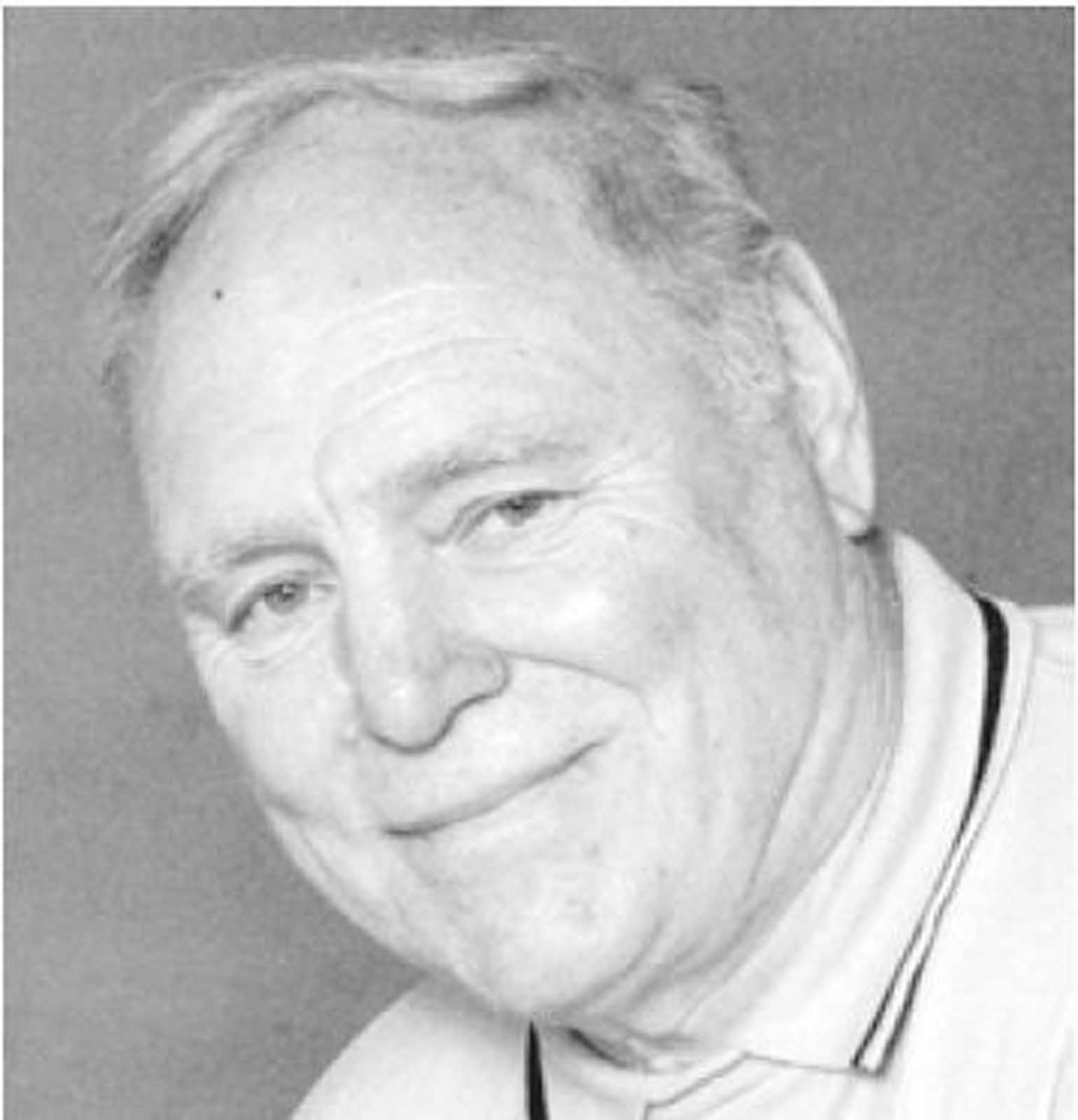
“Hukle started with Otis Elevator Co. just after high school and, after serving in the military, was re-hired by Otis and stayed with them for nearly 10 years. He moved on to the then ‘new kid on the block’ Haughton Elevator Co. for more than 20 years, retiring from the Allen Town, Pennsylvania, office in 1985 … his retirement years were spent pursuing his love of the arts to include painting, sculptures and even acting … Hukle was a frequent EW cartoonist and was well known for famous Roman elevator helper Minus (Figure 5).”[10]
The article on Hukle made a passing reference to his having appeared in a movie prior to his death. A search of the Internet Movie Data Base (IMDB) yielded a (very brief) page on Hukle listing his one movie credit: “The Chest.” Directed by Ron Perozzi and released in 2004, the movie was described as a combination drama, horror and mystery, and as:
“A tale about how life’s little bouts with fate can turn into unforeseen tragedy. As our main character ‘Michael Adams’ struggles to save his house, as well as his relationship with his daughter, he embarks on a supernatural journey that will both challenge his wit, and his will to live.”[11]
In the movie Hukle played “the bartender.” When coupled with his skills as a cartoonist and artist, Hukle’s acting career serves a reminder of the — often unexpected — versatility of members of the VT community.
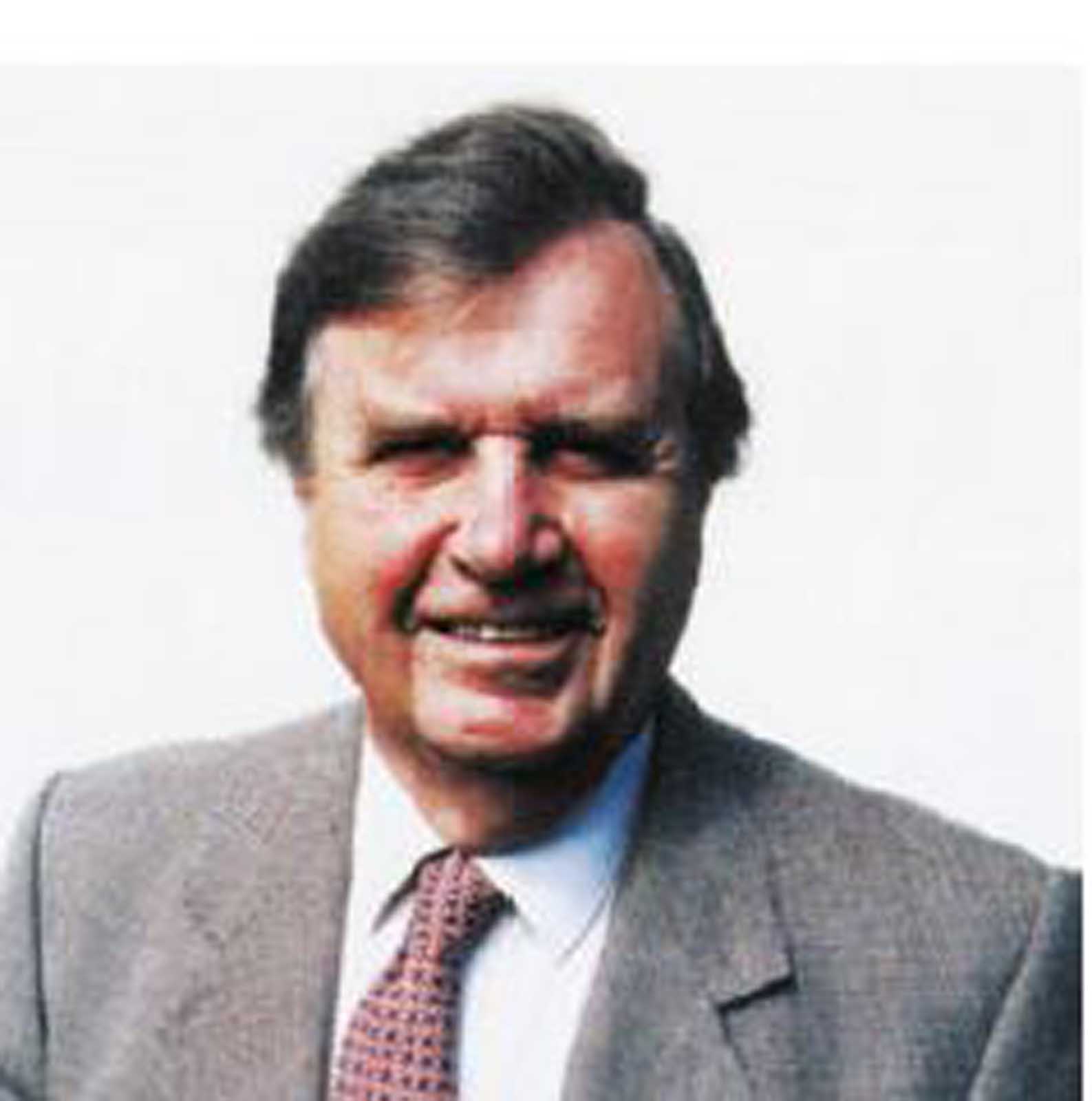
In September, EW reported on the death of English industry veteran William “Bill” Gale:
“[He] had a more-than 50-year career in the industry, including a decade as executive director of the British Lift Association (BLA) and positions with Express Lift and Marryat & Scott … (in the 1950s) he joined Express Lifts as a fitter’s mate. He also studied electrical engineering with the London City & Guilds at Woolwich College. Later Bill went to work with … Marryat & Scott. Under the tutelage of Ben Hutton and Managing Director John Gooch, Bill rose through the ranks and became area manager of the company’s operations in Birmingham and soon for the entire country. He went on to serve as a director with Marryat & Scott until he was asked to take up a position as a lift consultant with the Greater London Council.”[12]
Gale and his wife Pat played key roles in the founding of the BLA, with the pair serving as, respectively, the executive director and secretary from 1984 to 1992. Gale was also a “long-time contributor to Elevator World” and was well known to readers for his reports (often co-authored with his wife) on the VT industry in the U.K. and Europe.[12]
As was mentioned earlier, there were two exceptions to the column features in that two authors regularly contributed monthly columns under their own byline. One column had first appeared in November 1998, and the other debuted in July 2003. The older column was by Marvin A. Jacobs, EW’s contributing Legal editor. Jacobs, whose columns appeared until December 2010, was a well-known figure in the VT world where he served as a member of the National Interest Review Group on the ASME A17.1 Code Committee. The author who debuted in 2003 was, in fact, me: your humble historian. My entry into the VT world began in the early 1980s during my graduate work at the University of Virginia where I pursued a Master of Architectural History and wrote a thesis on the history of the elevator in the 19th century. Following further graduate studies at Cornell, where I earned my PhD in Architectural History (my dissertation was on early skyscrapers in NYC), I found myself at the University of North Carolina at Charlotte.
One of the requirements to earn tenure was that I write a book. My choice was simple: Should I revisit my thesis or my dissertation topic? In the end, the decision was an easy one, and my book, From Ascending Rooms to Express Elevators: A History of the Passenger Elevator in the 19th Century, was published by EW in 2002. A subsequent conversation with Ricia Sturgeon-Hendrick launched the start of my unexpected career as your humble VT historian, and the rest, as they say, is history.
Get more of Elevator World. Sign up for our free e-newsletter.
